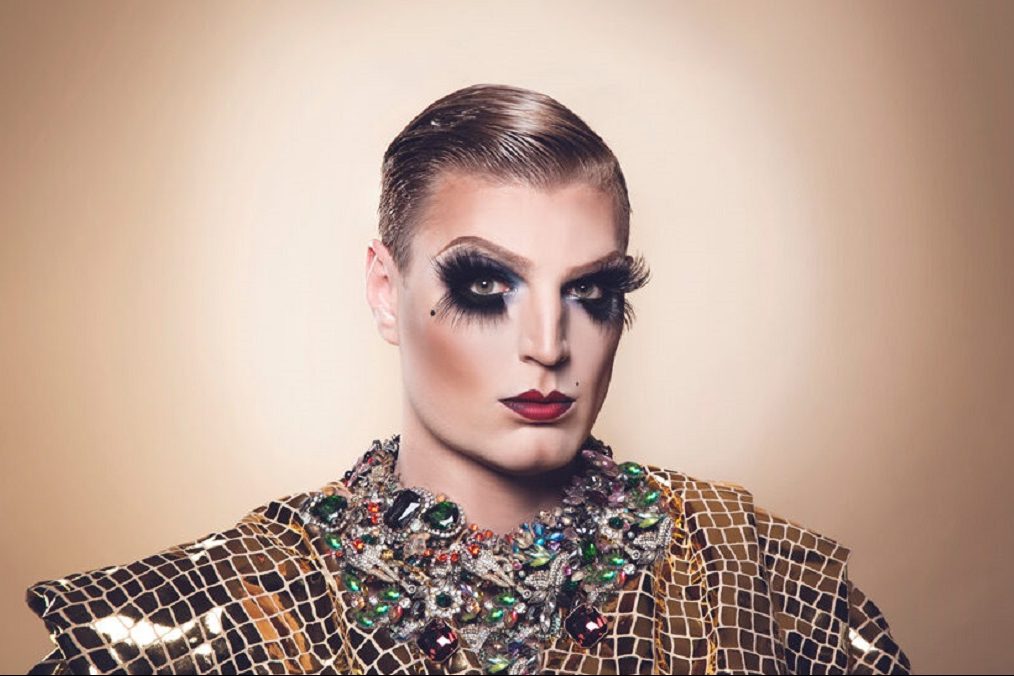WHEN the Waterhouse Prize burst on to the Australian art scene in 2002 it was regarded in snootier art circles as something of an interloper, although its combined prize pool totalling more than $100,000 attracted many fine artists.
The prize, with the full name of the Waterhouse Natural Science Art Prize, had as its central aim the highlighting of links between art, science and the natural world, and seemed to raise all over again the old conflict between art for art’s sake and art for society’s sake – never the twain should meet.
That’s all ancient history now and, 12 years down the track, so confident is the South Australian Museum, after whose first curator Frederick George Waterhouse the competition was named, that it’s changing its focus. This year’s show “Magnified: 12 years of the Waterhouse Natural Science Art Prize Exhibition”, is transitional, as the Waterhouse goes biennial from 2016.
One of the highlights of the art calendar in Adelaide and in Canberra, where it has travelled for 10 years to the National Archives of Australia, the Waterhouse is known for artworks reflecting themes in conservation, biology, evolution and climate change.
I caught up with the Archive’s Adelaide-based historian Sara King, who walked me through the show while explaining how the curators had decided to mount the showcase of front-runners in an exploratory way, backing the art with materials that open up the scientific issues associated with them.
Depictions of endangered species in works by two-time winner Michael McWilliams is matched by specimens of a bandicoot in a bottle and a Tasmanian tiger pelt.
Judith Brown’s “Flight of Fancy”, a colonial-style cape made of natural grasses, is matched by samples of such grasses.
A beautiful depiction of a willow tree by James King is matched with material showing how the willow has become a noxious weed. And a tiny May Gibbs drawing helps illuminate consideration of the gum tree.
But it’s all not just theory. The many paintings of fish entered in the Waterhouse over the years, such as Matilda Michell’s “Fish”, have been used by museum staff and fisheries experts to identify unfamiliar species.
These prize-winning works show an overall concern for dying species and the erosion of the landscape. One of the most poignant paintings is Chris Stubbs’ “Forgive them Mother”, a Christ-like portrait of the orangutan, while Carole King’s beautiful picture “High Tide, Wynnum” reveals, on closer inspection, to be heavily littered with rubbish. Silversmith Julie Blyfield’s “Scintilla” series comments on changes in sea levels through delicate silver “sea urchins”. John Nelson’s bronze sculpture “Foreign Policy” put ants in an entirely new light.
“We looked at each piece and decided to bring out what the arts means in scientific terms,” Dr King said, explaining that they and the collaborating scientists, especially botanists and zoologists, preferred that to heavy text, which tends to turn off younger viewers.
Dr King is pretty sure that this unusual match of science and art will hit the spot with the many schoolchildren coming through the Waterhouse in the summer months, and the kids will just love the creepy specimens – “Kids like the gory stuff,” she says.
“Magnified: 12 years of the Waterhouse Natural Science Art Prize”, National Archives of Australia, Parkes, daily until March 28. Free entry.
Who can be trusted?
In a world of spin and confusion, there’s never been a more important time to support independent journalism in Canberra.
If you trust our work online and want to enforce the power of independent voices, I invite you to make a small contribution.
Every dollar of support is invested back into our journalism to help keep citynews.com.au strong and free.
Thank you,
Ian Meikle, editor




Leave a Reply